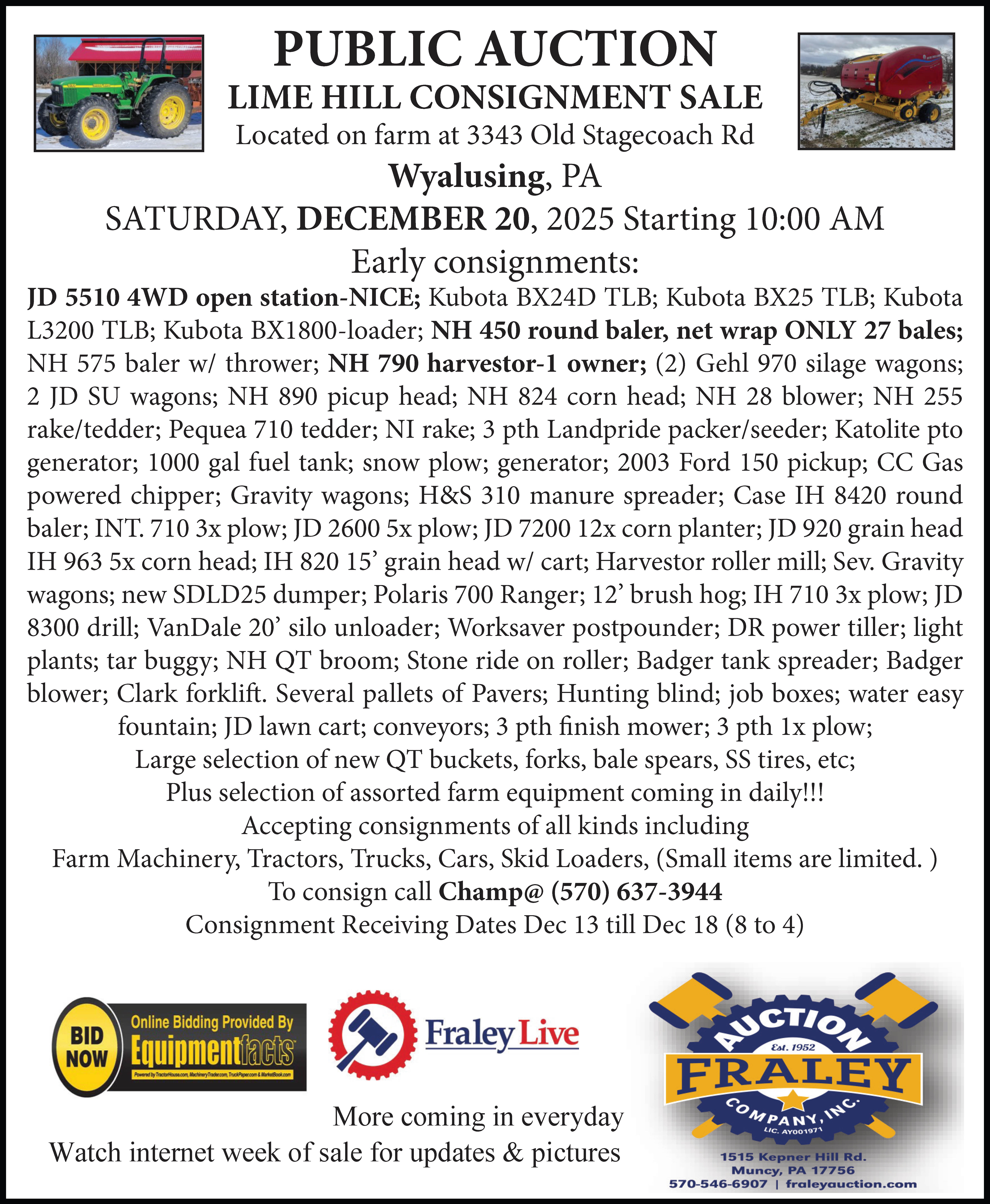The next full moon will occur on Wednesday, October 20, 2021, and is called “The Hunter’s Moon.” It is so named to indicate that it is time to go hunting in preparation for the cold winter months ahead. The Pennsylvania archery deer season began on Saturday, October 2. Later this month, various small game seasons will open up, followed by the fall turkey season and numerous other opportunities to hunt black bears and deer — all giving further incentives for hunters to head to the woods.
Most of today’s hunters already have a destination or two in mind as they approach the hunting seasons, but what about the food sources available in those locations? By now, preseason scouting should have indicated the presence of good food sources where you plan to hunt, but what if this year’s food is scarce?
That same “Hunter’s Moon” that encourages us to head to the woods is a signal to wildlife that it is time to fatten up for the winter ahead. Both nocturnal and daylight activities will increase as birds and mammals alike will be focused on eating more as they develop a layer of fat to carry them through the winter.
From wood ducks to whitetail deer, along with many other game species, the acorns of the white oak are a preferred food. The acorns of the red oaks and chestnut oaks are also desirable by not as highly sought. This season, some areas throughout Northcentral Pennsylvania have been hit quite hard with a gypsy moth infestation, which literally denuded some trees. With the leaves having been completely eaten by the caterpillars, acorn production did not occur in those trees as they struggled for survival and, in some cases, produced a limited growth of new leaves. You are fortunate if the place you plan to hunt was not affected by the caterpillars, but if your hunting spots were devastated, you might need to locate a new area to hunt that has a greater abundance of food.
There is a great abundance of field corn and soybeans that are produced throughout Lycoming County, and the neighboring counties, which always provide a preferred food for game, both before and after the farmers have picked the crops. If you need to locate a new hunting spot, try knocking on some farmers’ doors to see if they are being bothered with crop damage in their corn or soybean fields.Â
If so, they may be open to allow hunters on their property to help control the situation. Deer can often put a noticeable dent in crop production, and a black bear will level large patches inside a cornfield as they gobble up a belly full of corn overnight.
I have noticed numerous beech trees have viable beechnuts this year. Over the past few years, numerous beech trees have been dying off because of the beech bark disease, so nut production is less than normal. But, those trees that have not yet been hit with the disease seem to produce every year or two, and they are a highly desirable food for deer, turkeys, bear, grouse, and other wildlife.
Many apple trees, both wild and domestic, have a heavier than normal fruit production this year. No doubt, the higher than usual rainfall has contributed to this greater abundance of apples. But, no matter the reason, it is good news for wildlife and hunters.Â
Particularly deer and bear hunters should focus some of their hunting time around old apple orchards.
A food source often overlooked by hunters but certainly not overlooked by wildlife is the wild grapes. Whitetail deer, black bears, turkeys, and grouse all devour wild grapes when they are available, and they usually produce every year.
Most of these food sources vary in availability and production from year to year, so preseason scouting is important to locate just where the best production is occurring to increase your chances of success this coming season. Watch wildlife as they feed throughout the day, and they will lead you to their food sources.
Good Luck!




Leave a Comment
Your email address will not be published. Required fields are marked with *